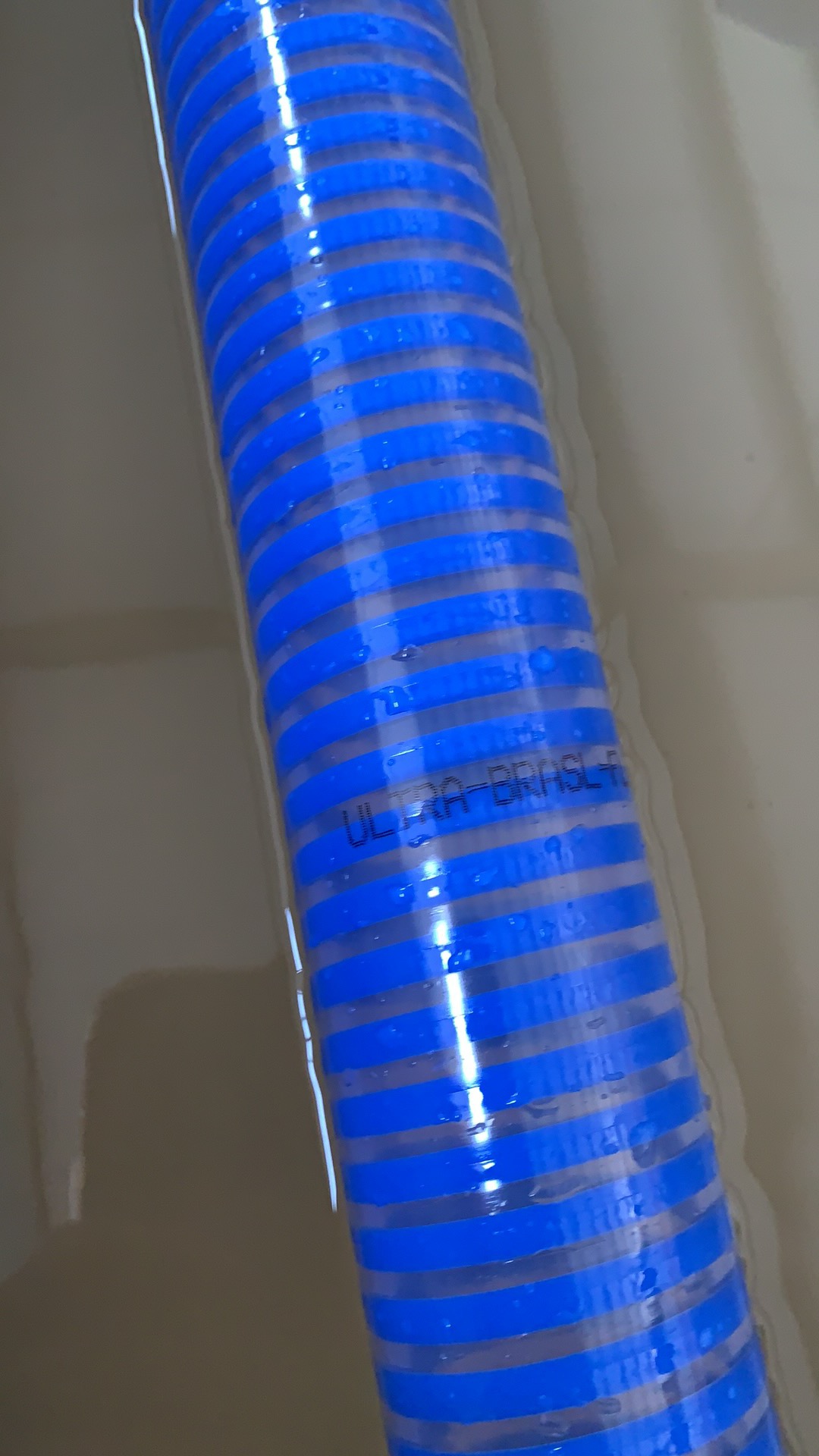Comparing Suction Hoses and Discharge Hoses for Optimal Performance and Efficiency
Understanding Suction Hose vs. Discharge Hose Key Differences and Applications
When it comes to fluid transfer in various industries, hoses play a critical role. Among the numerous types of hoses available, suction and discharge hoses are two of the most commonly used. While they may seem similar at first glance, these hoses serve distinct purposes and are designed for specific applications. Understanding the differences can help you make informed decisions when selecting the right hose for your needs.
What is a Suction Hose?
A suction hose is designed to transport liquids or slurries from one location to another under negative pressure. It operates primarily in scenarios where the fluid must be drawn into a pump or another piece of equipment. Suction hoses are typically constructed from flexible materials that can withstand vacuum pressure without collapsing. Commonly used materials include rubber, PVC, and sometimes reinforced composites to enhance durability.
Suction hoses often feature a smooth interior surface that allows for unobstructed fluid flow, thereby minimizing turbulence and maximizing efficiency. They can handle various liquids, from water and chemicals to sewage or other industrial fluids, making them versatile for applications such as agricultural irrigation, industrial pumping, and even in swimming pool maintenance.
What is a Discharge Hose?
In contrast, a discharge hose is utilized to transport fluids away from a pump or storage tank under positive pressure. This hose is designed for the delivery of liquids, ensuring that the fluid reaches its intended destination efficiently. Discharge hoses are built to endure higher pressures since they operate by pushing fluid rather than drawing it in.
Usually constructed from robust materials such as reinforced rubber or thermoplastics, discharge hoses are designed to resist wear and tear from both the fluid being carried and the external environment. They can handle a variety of substances, including water, petroleum products, chemicals, and more, making them essential for applications ranging from fire fighting and construction to oil and gas transport.
suction hose vs discharge hose

Key Differences Between Suction and Discharge Hoses
1. Pressure Direction The most significant difference between suction and discharge hoses is the pressure under which they operate. Suction hoses are designed for negative pressure applications, while discharge hoses handle positive pressure.
2. Construction and Reinforcement Suction hoses are often lighter and more flexible, making them easier to handle when pulling fluids. In contrast, discharge hoses frequently feature added reinforcement to handle the increased pressure, leading to a heavier and sturdier design.
3. Applications Suction hoses are commonly used in circumstances where fluids need to be drawn into a pump or system, such as in vacuum trucks or water extraction. Discharge hoses, however, are more prevalent in applications that involve transferring fluids to a storage tank, irrigation, or offloading liquid cargo.
4. Compatibility with Fluids Both types of hoses can transport a range of materials, but it's important to ensure that the hose material is compatible with the specific fluid you intend to use. For example, certain chemicals may require specially formulated hoses to prevent degradation.
5. Maintenance and Lifespan Regular maintenance is vital for both types of hoses to ensure optimal performance and longevity. However, suction hoses may require more frequent checks to prevent kinks or collapses, while discharge hoses must be monitored for wear due to exposure to pressure and abrasive materials.
Conclusion
Choosing the right hose for your application is crucial to ensure efficient and effective fluid transfer. Understanding the differences between suction and discharge hoses will enable you to select the most suitable option for your specific needs. Whether you are involved in construction, agriculture, or any industry requiring liquid transport, recognizing the unique properties and applications of suction and discharge hoses can make all the difference in your operations.
-
Top Quality Oxy Acetylene Hoses for Sale Fit for Welding DemandsNewsJul.28,2025
-
The Future of Pneumatic Air Tubes in IndustryNewsJul.28,2025
-
Superior and Reliable LPG Hose Pipe Solutions for Every NeedNewsJul.28,2025
-
Exceptionally Durable and Versatile Premium Braided PVC TubingNewsJul.28,2025
-
Best Adapters for Connecting Garden Hose to PVC Pipe ConnectionsNewsJul.28,2025
-
The Essential Role of LPG Hoses in Safe and Efficient Gas DistributionNewsJul.16,2025














